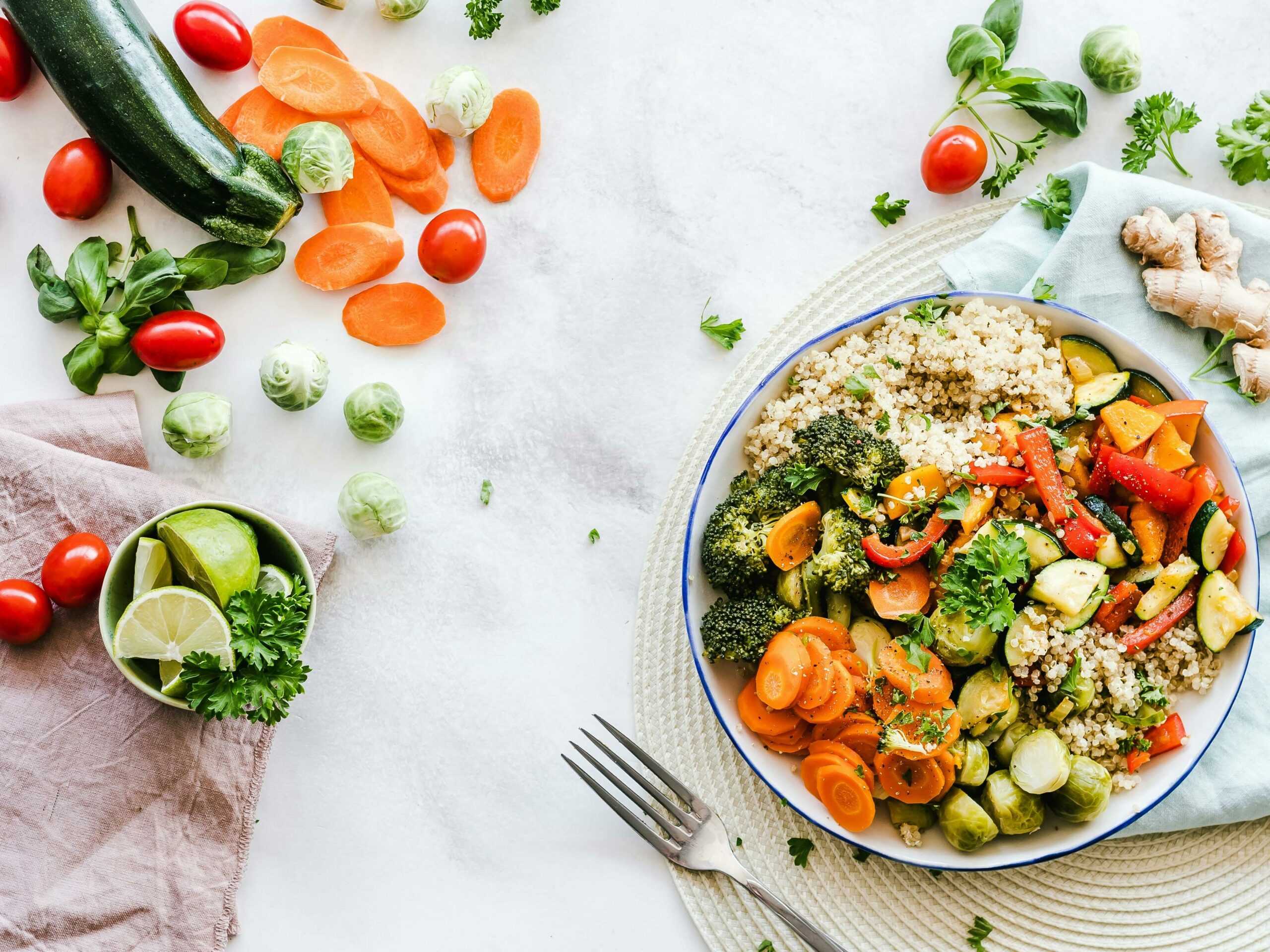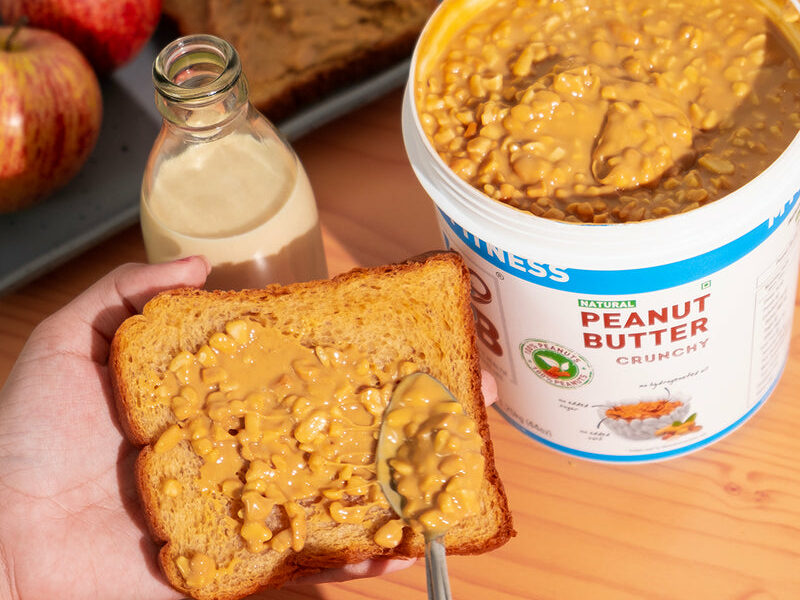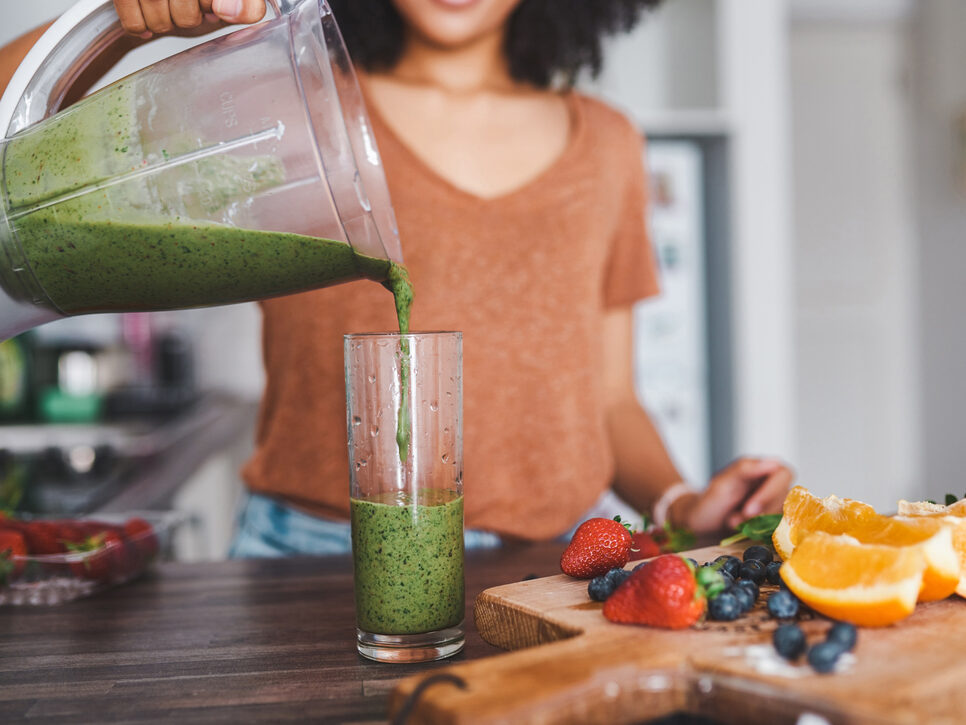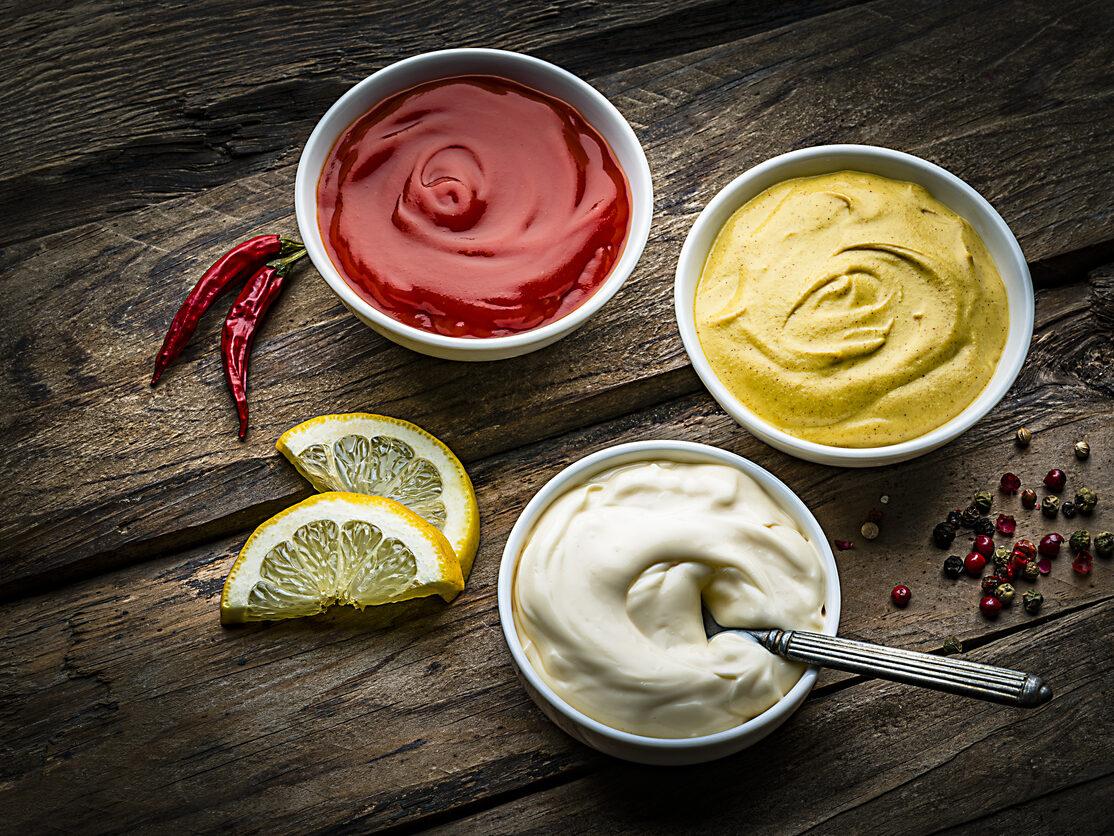Embracing life with less sugar doesn’t mean bidding farewell to all sweetness; it’s about finding a balance.
The added sugary indulgences in desserts, beverages, and candies often contribute empty calories, leading to weight gain and blood glucose spikes.
However, it’s not about a complete cessation but a pause – a healthy break to digest and make informed choices for overall well-being.
Health experts advocate for moderation rather than elimination, and that’s precisely where our guidance comes in.
We’re here to share the good news – cutting down on sugar is not as daunting as it seems.
In this discussion, we’ll explore proven strategies to help you reduce added sugars, paving the way to a healthier and better you.
1. Embrace Wholesome Whole Foods

Shift your focus to whole foods that are as close to their natural state as possible. Incorporate fresh or frozen fruits and vegetables, and lean proteins like poultry and fish, beans, lentils, tofu, whole grains, and dairy with lower fat content into your diet. These nutrient-dense choices provide sustenance without the hidden sugars.
2. Snack Smartly

Revamp your snack game with roasted nuts, lower-fat, lower-sodium cheese and crackers, veggies and dip, and plain yoghurt paired with fresh fruit. Cut back on baked goods, sweet desserts, candies, and chocolates to maintain a balanced diet. Enhance the flavour and nutrition of your snacks by adding a dollop of natural peanut butter for a protein-packed and satisfying treat.
3. Opt for Calorie-Conscious Hydration

Reevaluate your beverage choices by steering clear of sugary drinks. Quench your thirst with water or low-fat, unsweetened milk, avoiding the pitfall of “empty calories” found in soft drinks and sports beverages. Infuse your water with natural flavours like lemon, orange, lime, strawberries, or fresh mint to keep it interesting. When faced with fancy hot drinks, opt for a latte over a sugar-laden mocha, and enhance flavour with nutmeg and cinnamon rather than adding sugar.
4. Home-Cooked Happiness

Take control of your sugar intake by cooking at home more often. Choose recipes that are naturally lower in sugar and explore adjustments to your favourites by gradually reducing added sugar. Bid farewell to table sugar, syrup, honey, and molasses, starting with a 50% reduction and adjusting from there. Swap out sugary sodas for water or diet drinks, and favour fresh, frozen, dried, or canned fruits in water or natural juice over syrup-laden options.
5. Saucy Secrets

Be vigilant about added sugars hiding in common sauces like ketchup, barbecue sauce, spaghetti sauce, and sweet chilli sauce. Opt for condiments labelled “no added sugar” and explore natural alternatives such as herbs, spices, chilli, mustard, vinegar, pesto, mayonnaise, and citrus juices to flavour your meals without unnecessary sweetness.
6. Decode Food Labels Like a Pro

Empower yourself by becoming an expert at deciphering food labels. Pay special attention to the added sugars section on packaged food nutrition labels, indicating the total amount of added sugars per serving. Opt for items with minimal or zero added sugars. Delve into the ingredients list where added sugars may be camouflaged under various names, such as Dextrose, Fructose, Glucose, Sucrose, Maltose, Honey, Molasses, Corn syrup, Malt syrup, High fructose corn syrup, Sugar/cane sugar, Fruit juice concentrates, and Corn sweetener. Make informed choices to reduce your overall sugar intake.
7. Manage Your Home Environment for Success

Take control of your living space by limiting the presence of high-sugar items. Research suggests that keeping sugary foods easily accessible in the house increases the likelihood of consuming them. Strengthen your willpower by creating a supportive environment. Engage in activities that distract your mind, such as solving puzzles, to reduce the desire for sugary snacks. If temptations persist, stock up on healthy, low-sugar snacks to satisfy cravings without compromising your health goals.
Conclusion
Reducing added sugars doesn’t mean sacrificing flavour or enjoyment. Making informed choices about what you eat and drink is a powerful step toward a healthier lifestyle. By implementing these practical tips to reduce added sugars, you can enjoy a flavorful and satisfying diet while nurturing your overall well-being. Small changes today can lead to significant benefits tomorrow. Cheers to a healthier, happier you!
Frequently Asked Questions
What are a few ways in which a person can reduce the amount of added sugars daily?
Limit milk/dairy (1-2 servings/day) and juice (1 small glass/day). Avoid sugary drinks. The more veggies and the greater the variety, the better.
What foods are zero sugar?
Seafood, pork, beef, and chicken are all sugar-free. They’re also an important source of protein and omega-3 fatty acids. If you don’t eat meat, soybeans, lentils, beans, nuts, and seeds are great sugar-free, high-protein foods.
How much sugar per day is required?
Men should consume no more than 9 teaspoons (36 grams or 150 calories) of added sugar per day. For women, the number is lower: 6 teaspoons (25 grams or 100 calories) per day.

